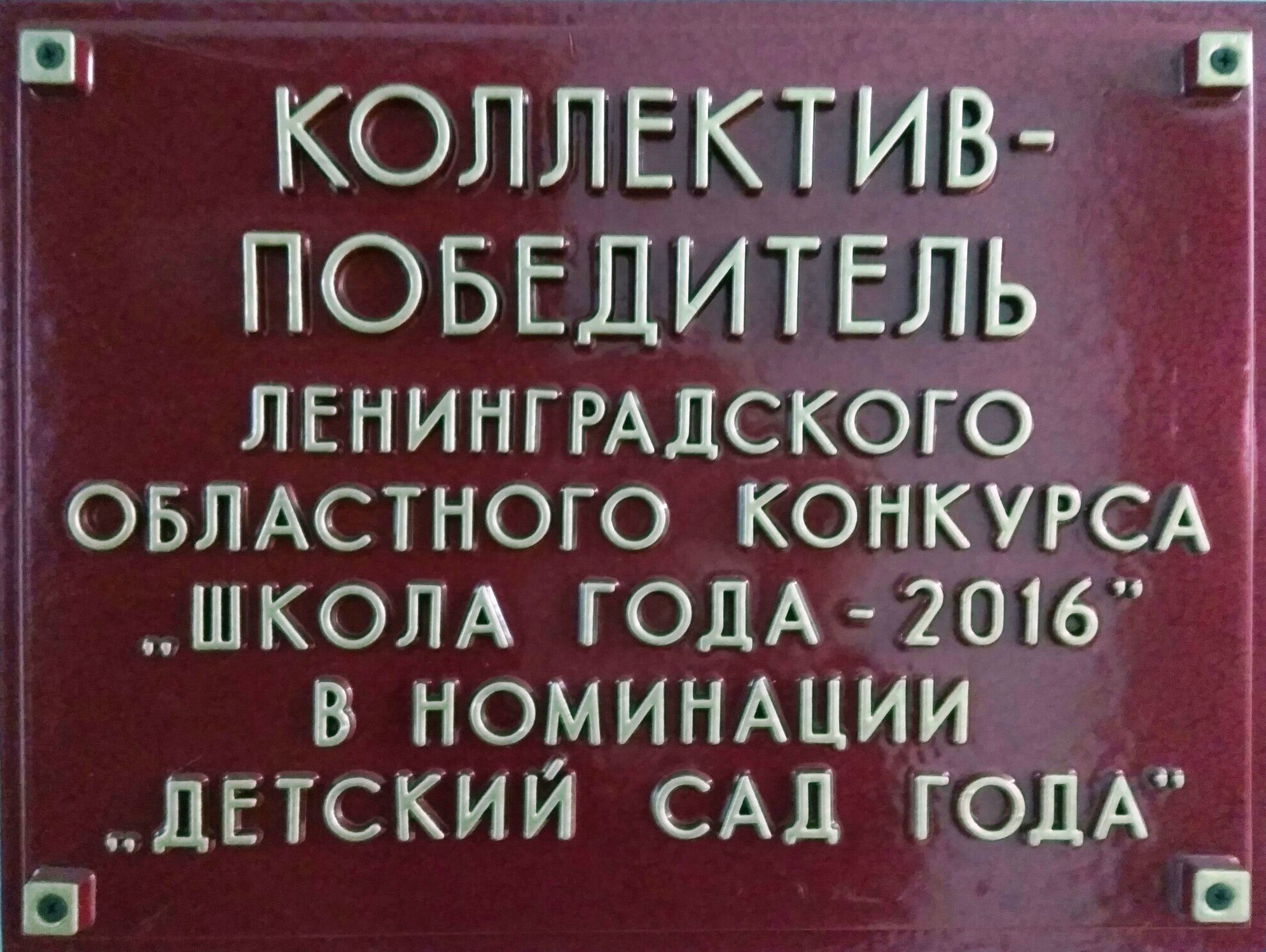Content
Medicine And Well Being Care
In each nations a greater proportion of men than women had been thought of migrants , a pattern that was consistent in each absolute sample numbers and weighted population percentages. As for the overall well being standing of our sample, there was a noticeably greater prevalence of a number of ailments in contrast with the Italian reference values. We recognized a more than twofold self-reported prevalence of hypertension, arthritis/arthrosis, cervical disorders moldovan brides, diabetes, and allergy symptoms, and a threefold prevalence of lumbar problems, melancholy and nervousness. As regards lumbar and cervical issues, again pain has been found directly associated to mental well being disorders and stress in fact stress could contribute to the onset or the persistence of persistent pain .
Increasing need for domestic employees in international locations as dispersed as Canada, Italy, Turkey, and Israel have implied that women have confronted opportunities to disperse as nicely. At the same time, women usually are not exclusively limited to work within the home and care sector. In contrast to men, who labored largely within the building and manufacturing sectors no matter vacation spot, smaller shares of ladies worked in a bigger variety of sectors across destinations. Taken collectively, these observations point out that—whereas women’s mobility increased in conjunction with demographic and economic transitions in main destination countries—the financial niches during which women perform may not be as slender as they’re for men. The decision to migrate the final time also differed between men and women and by destination area. In each nations the largest single shares of emigrants of each sexes left because of an absence of a job in the house nation. Among Moldovans, the second-largest share of migrants left because of the wage differentials between employment alternatives within the native and international labour market, reinforcing the strongly economic nature of Moldovan migration.
Republic Of Moldova
These differences likely reflect seasonality of male-dominated occupations such as building and agriculture. A bigger share of Moldovan women than men residing within the EU returned as soon as per 12 months, and more women than men residing in the CIS returned less than annually. Among Georgians fewer women than men residing in a country within the “different” region returned no less than every year. Marital status differed significantly between men and women and between migrant and non-migrant populations. In both nations marital status gave the impression to be solely weakly correlated to male migration, with few marital statuses proving significantly completely different between migrant and non-migrant populations. Among women, nevertheless, important variations by marital status have been clear. In both Moldova and Georgia, a smaller proportion of the current migrant inhabitants was widowed in comparison with the non-migrant inhabitants, but a much bigger proportion of present migrants were divorced .
Serghei Tarnovschi: The Yog Canoeist Making Waves For Moldova
Women, in distinction, appeared to diversify in terms of vacation spot much earlier and to a larger extent. The earliest female migrants from Moldova, like their male counterparts, had been destined primarily for the CIS, however by the mid-1990s they began emigrating in higher numbers to countries within the EU similar to Italy and Spain as well as international locations corresponding to Canada. Countries in the EU—chiefly Italy—have remained essential locations for feminine migrants, but emerging interesting markets corresponding to Israel and Turkey have also begun attracting larger numbers of female migrants. The samples from each nations contained a big share of people who had some type of migration expertise, with overrepresentation of migrants especially visible within the Georgian pattern. Current migrants were people who were dwelling abroad at the time of the survey and had been overseas for a minimum of three months; return migrants were individuals who had lived abroad for three or more months however had since returned to stay in the family.
The proportion of feminine current migrants who have been divorced was three times that of the non-migrant population, suggesting that there is a robust relationship between marriage dissolution and migration that levies a much stronger influence on women than mena. In Moldova, female migrants had been considerably youthful than their non-migrant counterparts, whereas for men, age did not differ significantly between migrant and non-migrant populations. Both male and female current migrants from Georgia have been considerably older than their non-migrant counterparts, with the distinction notably marked amongst Georgian men. Migrant populations of both sexes and from each countries had accomplished considerably extra years of education than had non-migrants, and in both international locations feminine current migrants had completed extra years of schooling than male migrants.
The largest single share of Moldovan men in every vacation spot area worked within the building sector, with nearly three-quarters of all Moldovan men within the CIS area working in development. Smaller shares of men worked within the hospitality trade or within the manufacturing sector, and in the “other” area, bigger shares of men labored in social or private service occupations. Moldovan women, in contrast, were extra evenly distributed amongst a larger variety of occupational sectors across vacation spot regions. Nearly 40 p.c of feminine migrants within the CIS worked in development, whereas within the EU and ‘other’ areas, over forty p.c of all female migrants worked for individual household employers. Relatively massive shares of women within the CIS labored in wholesale or retail trade, and bigger shares labored in the transport and telecommunications sector as well as in social and personal services in each the EU and ‘different’ regions. The rising rate of female entry into worldwide migration within the 2000s is a possible function of shrinking economic alternatives in the house nation in addition to the expansion of gender-segmented labour markets in receiving countries .
Increasing economic opportunities in migrant-receiving international locations may act as a particularly strong stimulus to migrate for girls who have been excluded from the labour markets of their nations of origin. More important variations between the sexes appeared in the kind of migration and return sample. In both Moldova and Georgia, fewer women than men were consider round or seasonal migrants. Among Moldovan migrants this difference was significant for migrants within the CIS region, the place over 74 percent of men have been thought of circular/seasonal migrants in comparison with sixty three.5 % of feminine migrants. In Georgia the numerous distinction appeared among migrants to the EU, where 7.5 p.c of men compared to three.6 percent of girls had been thought of round/seasonal migrants.
Another believable clarification for these conditions is work-associated, given the big proportion of our respondents who have been house care staff and cleaners . Analyzing our women by age group, the ratio for the prevalence of Moldovan and Italian women with lumbar issues declines linearly from 6.3 for the young women to 1.7 for the older age teams. The same development could be seen for hypertension, for which the ratio went from 10 for the younger women to 1.3 for the older age groups. Differences between women and men in destination selection and private traits correspond to marked differences in the sectors of employment of men and women.
A rising body of labor specifically on the dynamics of east-west female migration has started to unpack a few of these complicated linkages. , for instance, have explored how the mobility patterns and occupational decisions of Ukrainian and Moldovan women in Italy are influenced by their ages at emigration, corresponding roles within households , and socioeconomic environments within the home nation. As simply two examples among many, these works spotlight how bigger gendered contexts influence particular person mobility. Such micro-level approaches to understanding larger social phenomenon complement more macro-level of approaches to mapping migration flows similar to this. Male migrants were concentrated in each a smaller variety of destination international locations and in a smaller number of sectors than women have been, suggesting comparatively extra inflexible migration trajectories that inspired economic specialisation. The continual, comparatively unencumbered access of Moldovan men to the Russian labour market, for instance, has provided little incentive to diversify, even throughout occasions of economic disaster.
In distinction, the second-largest shares of Georgian migrants emigrated for different reasons, similar to fleeing battle or in search of a “better means” of life overseas. Marked differences could be seen by destination, however, but relatively few variations between men and women had been important. Among both Moldovan and Georgia migrants to the CIS, a smaller share of men than women emigrated for family reunification functions, but among Georgian migrants to the EU, a larger share of men than women emigrated on the grounds of household reunification. This might sign that girls to specific locations are increasingly becoming the ‘pioneer’ migrants whom men then comply with as ‘trailing’ spouses or kids.









